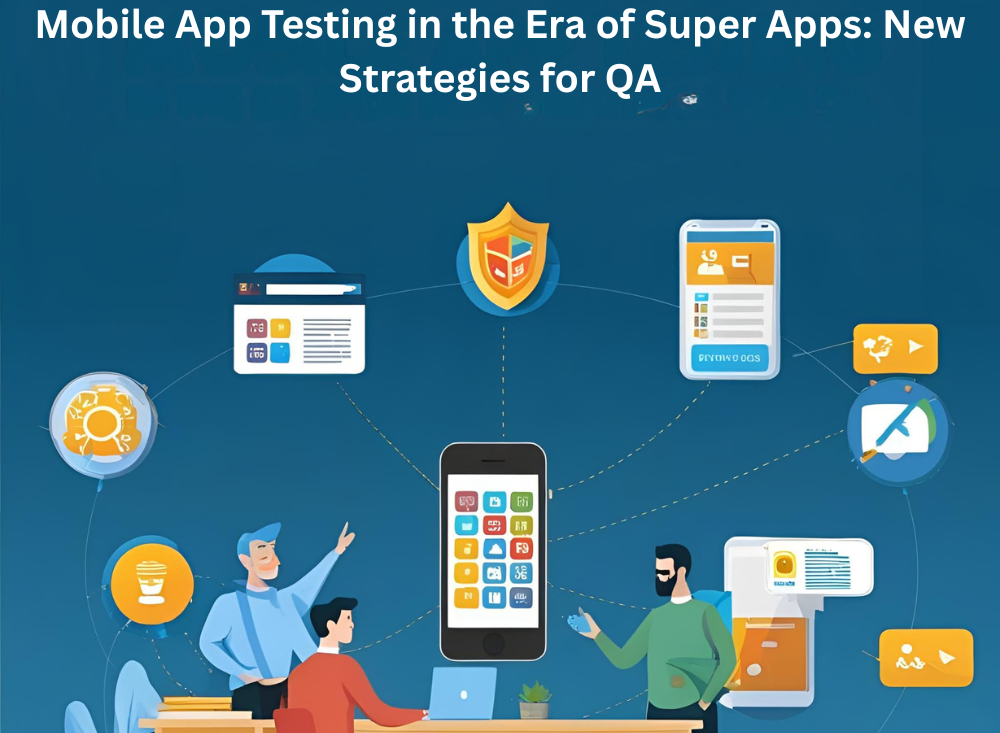
The Rise of Super Apps and Their Testing Challenges
Super apps — multi-functional platforms that combine services like messaging, payments, shopping, and transportation — are dominating the mobile landscape in 2025. With millions of users relying on these all-in-one solutions, ensuring flawless performance has never been more critical. However, testing super apps presents unique challenges:
- Complex integrations with third-party services and APIs
- High user concurrency, requiring robust load and performance testing
- Cross-platform consistency across iOS, Android, and web
- Security vulnerabilities due to multiple payment and data-sharing features
Traditional QA Approaches Are No Longer Enough
Manual testing alone cannot keep up with the scale and complexity of super apps. While exploratory testing remains valuable for UX validation, modern QA teams must adopt smarter strategies:
- AI-Powered Test Automation
- Tools like Genqe.ai leverage machine learning to auto-generate test cases, detect UI inconsistencies, and predict failure points.
- Self-healing scripts reduce maintenance efforts when app layouts change.
2. Shift-Left and Shift-Right Testing
- Shift-left: Embed testing early in development to catch defects before they escalate.
- Shift-right: Monitor real-world usage with synthetic and crowd testing to identify issues post-launch.
3. Performance Engineering Over Traditional Testing
- Simulate millions of concurrent users to test scalability.
- Use AI to analyze bottlenecks in real time.
4. Security-First Testing
- Automated penetration testing for payment gateways and data storage.
- Behavioral analysis to detect fraud and unauthorized access.
The Future of Super App QA
As super apps evolve, QA strategies must adapt:
- Hyper-personalization testing to ensure dynamic features work for different user segments.
- Predictive analytics to anticipate crashes before they affect users.
- Blockchain-based testing for decentralized app components.
While AI and automation handle the bulk of regression and performance testing, human testers remain crucial for:
- Usability and accessibility checks
- Edge-case scenario validation
- Ethical and compliance testing
Conclusion
The era of super apps demands a hybrid QA approach — combining AI-driven automation with human expertise. By leveraging intelligent testing tools and agile methodologies, QA teams can ensure these complex platforms deliver seamless, secure, and high-performing experiences in 2025 and beyond.